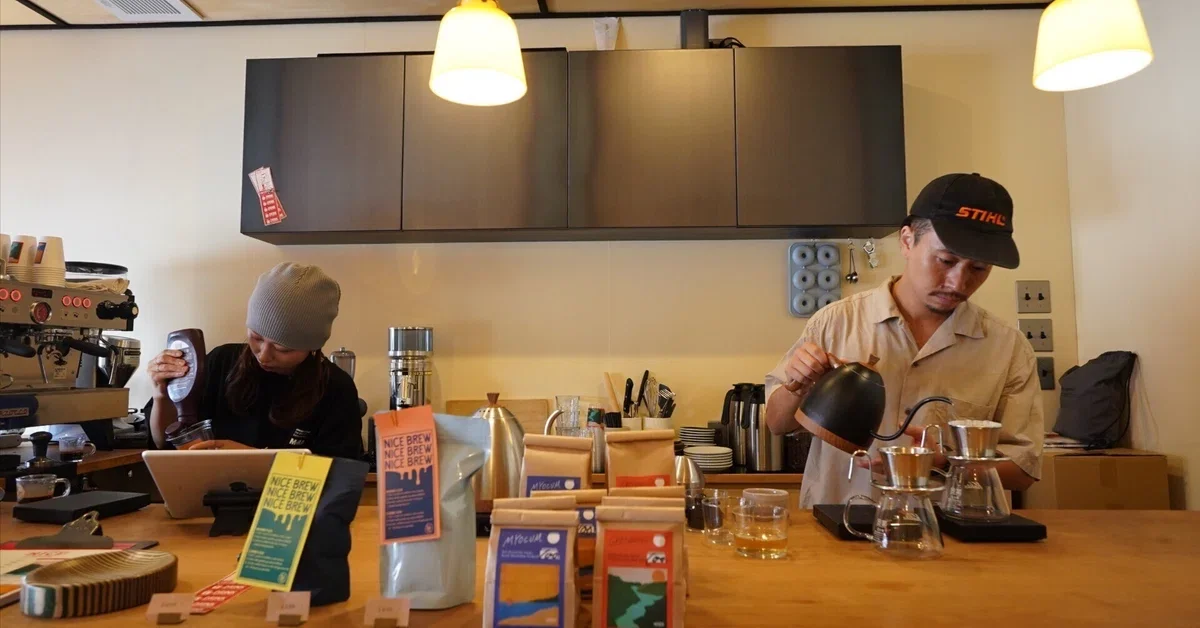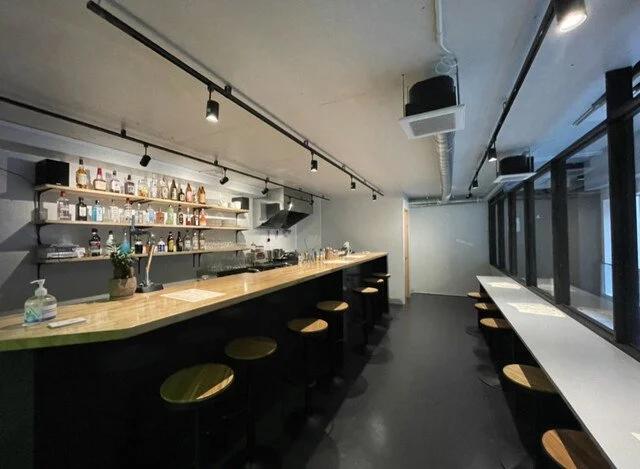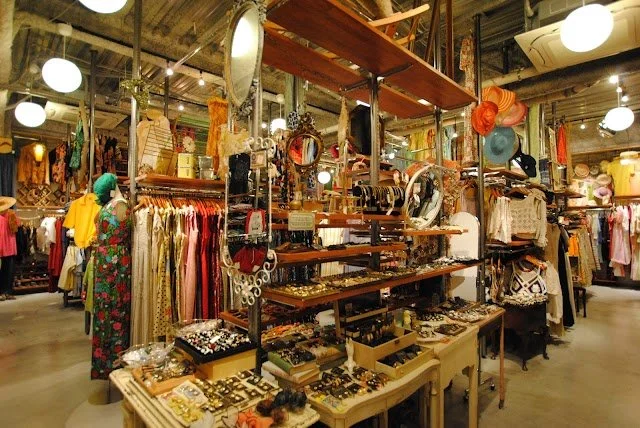Kyoto
Kyoto, once the imperial capital of Japan for over a thousand years, is a city steeped in history and culture. Founded in 794 AD as Heian-kyō, it was the seat of the emperor and the heart of Japanese politics, culture, and spirituality until 1868. The city's historical significance lies in its preserved temples, traditional wooden houses, beautiful gardens, and the enduring practice of ancient customs.
Kyoto’s popularity with tourists stems from its unique blend of the past and present. Unlike Tokyo’s modern hustle, Kyoto offers an authentic glimpse into Japan’s rich traditions, making it a magnet for those seeking cultural immersion. The city's position as the cultural capital means festivals, tea ceremonies, kimono traditions, and exquisite cuisine thrive here.
Top spots to check out in Kyoto include:
Kinkaku-ji (Golden Pavilion): A stunning Zen Buddhist temple covered in gold leaf, surrounded by tranquil gardens and a reflective pond.
Fushimi Inari Taisha: Famous for its thousands of vermillion torii gates that create a magical path up the sacred Mount Inari.
Gion District: The historical geisha quarter, perfect for evening strolls where you might glimpse a geisha or partake in authentic tea houses.
Arashiyama Bamboo Grove: A breathtaking bamboo forest offering an otherworldly walk, combined with nearby temples and the scenic Katsura River.
Kiyomizu-dera: A wooden temple that offers panoramic views over Kyoto and is spectacular during cherry blossom and autumn foliage seasons.
Nijo Castle: A UNESCO World Heritage site showcasing feudal-era architecture, ornate gardens, and "nightingale floors" that chirp when walked upon to warn of intruders.
Kyoto's enduring charm lies in its ability to preserve beauty and history, making it a bucket-list destination for travellers and a feast for anyone passionate about culture and history. So, whether you're wandering through serene temples or enjoying the vibrant street markets, Kyoto captures the soul of Japan with a playful nod to its storied past.
Fast Tips
-
2014 - 3 nights
2023 - Stayed at Hotel Androoms Kyoto Shichijo (4 nights)
2025 - Stayed at the Comfort Hotel Kyoto Toji (2 nights) & Hotel Emion (1 night)
-
The best way to get to Kyoto, Japan, depends on where you're starting from, but here’s the most efficient route for international travellers:
Fly into Kansai International Airport (KIX) – Located near Osaka, this is the closest international gateway to Kyoto.
From Kansai Airport to Kyoto – Take the JR Haruka Express train. It’s the fastest and most convenient way, taking about 75 minutes straight to Kyoto Station. Alternatively, you can hop on a limousine bus, which takes around 90 minutes but is slightly cheaper.
If you’re in Tokyo – Take the Shinkansen bullet train from Tokyo Station to Kyoto. The Nozomi Shinkansen is the quickest, reaching Kyoto in about 2 hours and 15 minutes.
From Osaka Airport (Itami) – You can catch a direct airport limousine bus or a train to Kyoto, both under an hour.
-
Public transport is the go-to: Kyoto’s buses are extensive and will get you close to most major sights, but they can get a bit packed during peak times.
For quicker trips, the subway is your mate. It’s clean, efficient, and avoids the traffic headaches.
If you fancy a bit of fresh air and exercise, hire a bike. Kyoto is pretty bike friendly with flat terrain and plenty of scenic routes, especially near the Kamo River and Arashiyama. Just watch out for pedestrian zones and remember that walking your bike is the polite move in crowded spots.
Lastly, taxis/ubers are handy for late nights or when you’re stuffed for time, but they do cost more than buses or trains.
-
Kyo Kaiseki
This is Kyoto’s haute cuisine – a multi-course feast that’s as much about the looks as the flavours. Think delicate, seasonal ingredients presented like edible art.Matcha Sweets
Kyoto is the temple town of matcha green tea, so you better believe they’ve perfected green tea treats.Nishin Soba
A Kyoto twist on soba noodles, topped with sweet and savoury simmered herring (nishin).Kyoto-style Tsukemono
Pickles here are next level. Thanks to the city’s long tradition of Buddhist vegetarian cuisine, Kyoto’s tsukemono are subtle but complex, often made with unique ingredients like shibazuke (pickled eggplant and cucumber) or senmaizuke (thinly sliced pickled turnip). -
As a queer male I felt completely safe here. Japan is known for its safety and incredibly polite population so make sure to be respectful back.
-
4 nights minimum here if you’re looking to really explore and get around. Things like the temples and the bamboo forest can take as long as a day each, plus the food scene is so incredible you’ll want to stay as long as possible.
This is also leaves space for day trips over to Osaka which is not far by train.
-
I truly loves staying at Hotel Androoms Kyoto Shichijo and Hotel Emion. Androoms for free biking and cool chic vibes, and Emion for more business lluxe with a rooftop sentō.
-
Check out below in the ‘Sees’ but also the Kyoto official website is a great source for ideas.
Eats, Sips & See
NICE COFFEE STAND
Hiroshima has great coffee (as you’ll notice from the multiple coffee options), but my pick of the bunch is this small but mighty hole in the wall. Serving as small pastries and wonderful coffee, it’s simple but effective.
COFFEE & WINE COIN
Ignore the coffee in the name because you should only be coming here for wine. Japan is a bit and miss for wine, but this spot is the exception. No list, the lovely man behind the counter will ask if you want white or red and then pour something incredibly interesting. You can offer more insights like body and he’ll adjust the selection, but every drop was impressive.
BAGTOWN COFFEE
If you’re looking to purchase coffee, Bagtown has you sorted. Located very centrally, this place is set up to buy beans yo what amount you would like and has a vast array of options and price points. Plus get 200gm or more and they’ll make you a coffee to go along with the bag.
CALIBAR
Japanese curries are incredibly underrated so I was pretty happy when I stumbled across this upstairs haunt online. Open for lunch as well, this no frills, very chill bar and curry spot knocks out some punchy flavours. The service by the owner is what really sells it, with incredible English, he’ll have a chat and serve you up a very cool spicy bowl of goodness.
24/7 COFFEE & ROASTER
The most mod of the coffee options, with a simple and sleek concrete design, this is for the cool kids who like their coffee with a touh of minimalism. The extra plus here are the sandwiches which are as delightful as the coffee.
MICCHAN SOHONTEN JIZO STREET
Now you can’t really go wrong with okonomiyaki in Hiroshima, it’s what they’re known for, but this one was recommended by the owner of ‘Calibar’, and it really is a locals go to. The savoury pancake was delicious and incredibly filling, and it’s large enough that getting a table is easy or the wait time moves fairly fast.
ONOMICHI RAMEN AKATSUKI
Specialising in Onomichi style ramen, which is light chicken and soyu soup, this ramen is my pick of Hiroshima. The broth was super light and tasty, and the fillings and noodles are with great bite and flavour. One not to miss.
KEI (KNOT ROOFTOP BAR)
Yes it is a hotel, but the rooftop is equally luxe and cool all at once. It’s giving very New York with its cocktails and design and the best part is that you can stay inside or enjoy the sun if it’s out, making it perfect all year round and for anytime of your evening.
HIROSHIMA MUSEUM OF ART
The Hiroshima Museum Of Art, nestled in the serene Shukkeien Garden, showcases a diverse collection of Western and Japanese art, spanning from the Renaissance to modern day. It emphasises post impressionism and modernism, featuring works by artists such as Monet, Renoir, and local Japanese painters.
SIMOSE ART GALLERY
The Simose Art Museum in Hiroshima is a vibrant space showcasing contemporary artworks that blend traditional Japanese aesthetics with modern creativity. Known for its interactive exhibits and community events, it offers visitors a playful yet profound exploration of art in the heart of Hiroshima. It does take a bit of time to get there, so make sure to plan ahead. But it is worth it once you arrive at the location by the sea.
ATOMIC BOMB DOME
The Atomic Bomb Dome in Hiroshima, officially known as the Genbaku Dome, is a hauntingly preserved ruin of the former Hiroshima Prefectural Industrial Promotion Hall. It was one of the few structures left standing near the epicenter of the atomic bomb explosion on 6 August 1945. Today, it serves as a powerful symbol of the devastating impact of nuclear warfare and a call for world peace and is a cannot miss in Hiroshima.
FUKUMA
There are a lot of chain clothing stores in Japan, but this small family run store is such a wonderful one to check out. Go with the intention of buying a bougie umbrella, because the umbrella collection does not come to play. There is a bit more on offer, mostly female clothing, but the long wall of umbrellas is the real attraction.
BIG TIME VINTAGE
Japan is known for its vintage shopping, but a lot of the time, it’s not great and the market is oversaturated. My choice of the bunch is Big Tim Vintage, and the Hiroshima space is large with incredible options plus mid pricing, with some steals hidden along the way.
*media & images courtesy of publications, establishment websites and social media pages as well as Tripadvisor. I do not claim to own some of the images provided.














